Justin Deddens
Advisor: Mimi Locher
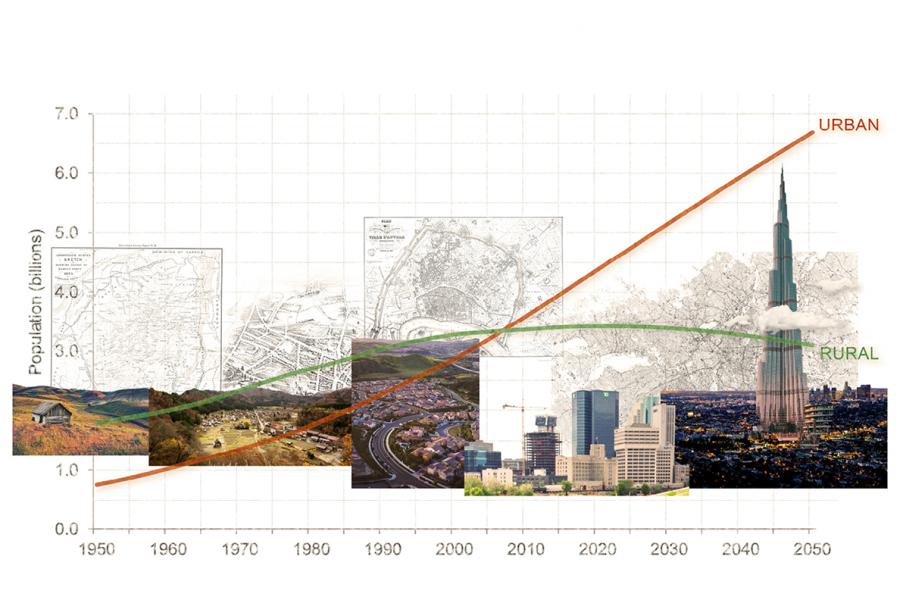
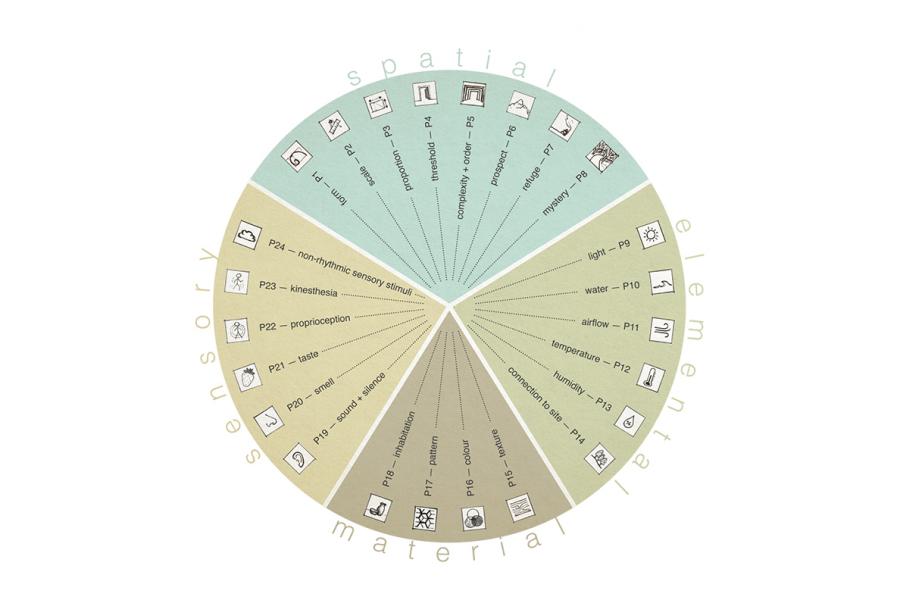
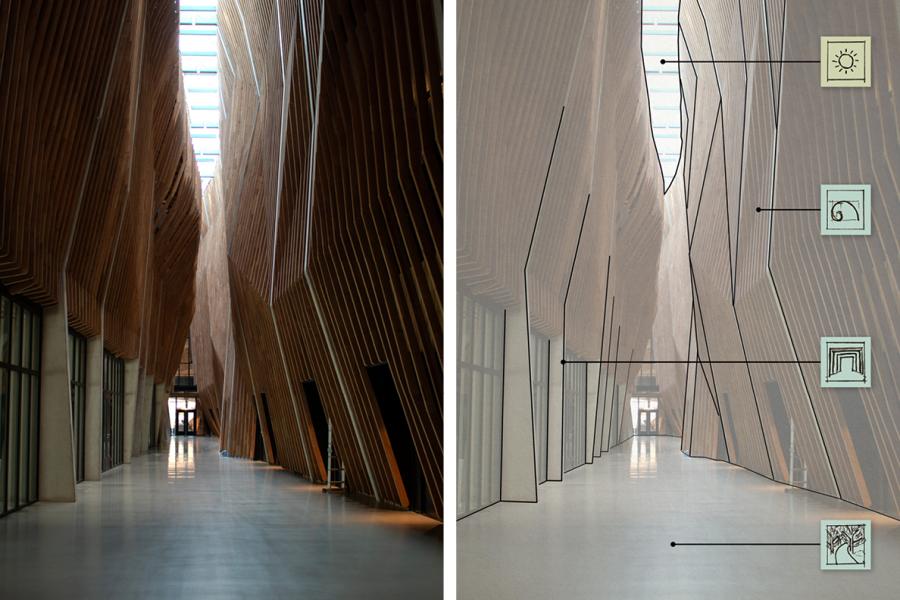
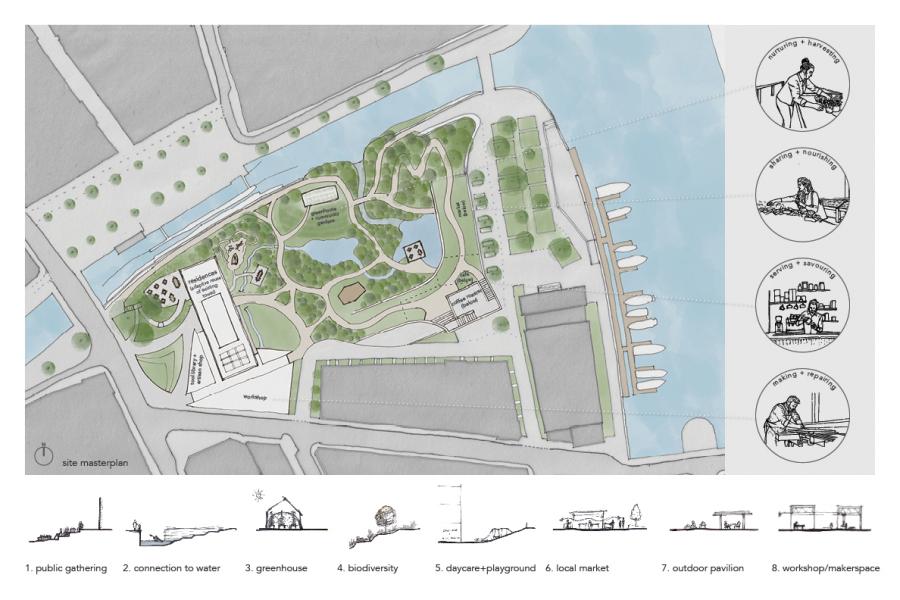
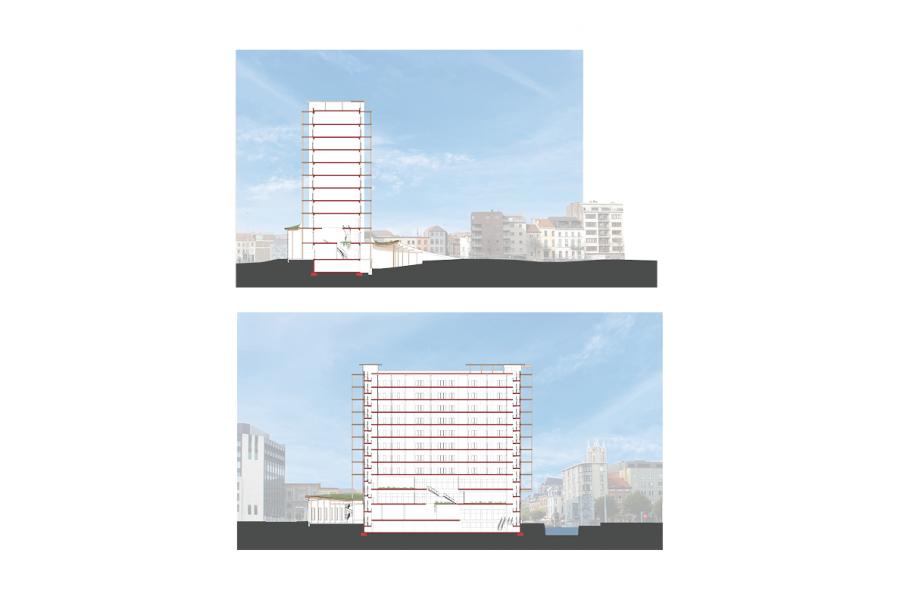
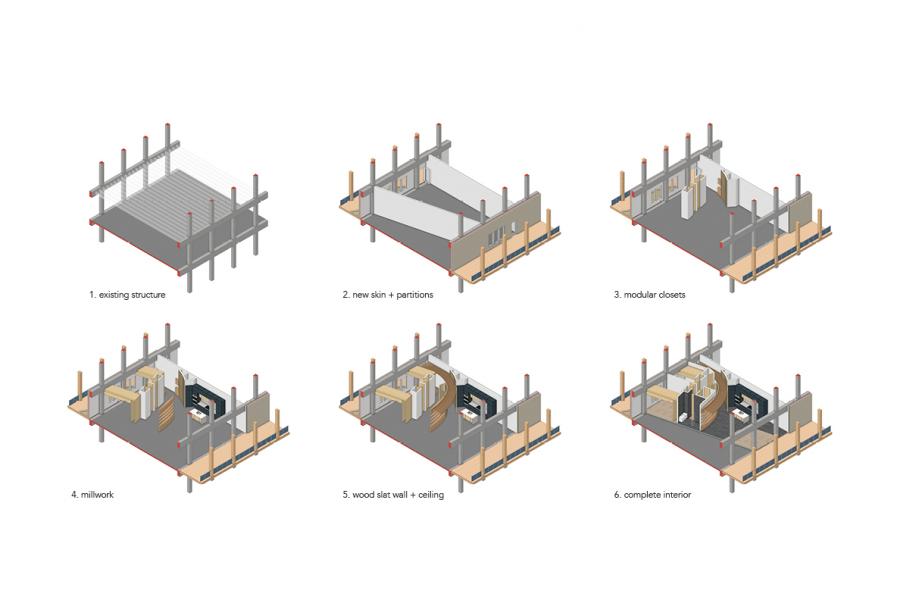
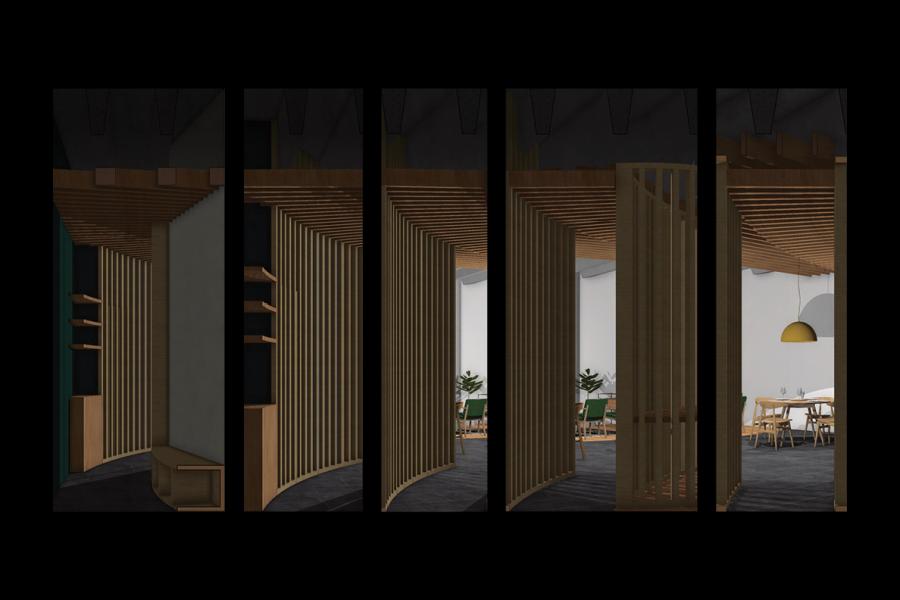
the nature of atmosphere
We spend the majority of our lives in homes, offices, and other parts of the built environment, largely disconnected from the natural world. On average, people only spend 2-7% of their day outdoors. Time indoors accounts for 87-92%, and the remaining time is spent in some form of transit.1 In addition, many urban populations do not have easy access to green space. In Europe, less than half of urban residents live within 300m of green space (which is the maximum distance recommended by the World Health Organization).2 Looking more specifically at Ghent, Belgium, where my thesis project is based, reveals that the city has less green space per inhabitant than the average European city,3 and much of that green space isn’t even publicly accessible.4
Combined with the relative inaccessibility of green space, many of these urban spaces lack a sense of atmosphere, the quality that would elevate them from buildings to architecture. Building on the reflections of Peter Zumthor and Juhani Pallasmaa, I understand atmosphere to be an emotional quality of space appropriate to the building’s purpose, which is experienced through all of the senses and perceived intuitively, prior to the arrival of any intellectual conclusion.
I have explored what tangible spatial and material design choices create atmosphere, and if both atmosphere and a connection to nature can be achieved through the use of biophilic design—an emerging field within architecture that uses natural or nature-inspired design elements to improve the wellbeing of building occupants. A material category of particular interest during my explorations was mass timber due to the inherent characteristics connecting it to biophilic and regenerative design.
I researched these areas by studying what architects and philosophers have written about atmosphere and biophilic design; gathering data about our engagement with nature; and visiting precedents that reflect varying levels of atmospheric or biophilic design in order to experience them firsthand.
If architecture is, as Zumthor states, “an envelope and background for life,”5 we should make sure it is supportive of life. Through this research my aim was to identify ways in which a unity of materiality and emotion can promote enhanced connections between humanity, our built environment, and the natural world in a way that helps people experience spaces on a deeper level. I have only scratched the surface on a complex and fascinating topic, one that I hope to ponder for many years to come.
Notes
1. Neil E. Klepeis et al., “The National Human Activity Pattern Survey (NHAPS): A Resource for Assessing Exposure to Environmental Pollutants,” Journal of Exposure Science & Environmental Epidemiology 11, no. 3 (2001): 231–52, https://doi.org/10.1038/sj.jea.7500165; Christian Schweizer et al., “Indoor Time–Microenvironment–Activity Patterns in Seven Regions of Europe,” Journal of Exposure Science & Environmental Epidemiology 17, no. 2 (2007): 170–81, https://doi.org/10.1038/sj.jes.7500490.
2. European Environment Agency, “How Green Are European Cities? Green Space Key to Well-Being – but Access Varies,” European Environment Agency, February 27, 2023, https://www.eea.europa.eu/highlights/how-green-are-european-cities.
3. Ine Vandecasteele (ed.), et al., The Future of Cities: Opportunities, Challenges and The Way Forward, European Commission, Joint Research Centre, (Luxembourg: Publications Office of the European Union, 2019), 93, https://dx.doi.org/10.2760/375209.
4. European Environment Agency, “How Green Are European Cities?”
5. Peter Zumthor, Thinking Architecture, trans. Maureen Oberli-Turner and Catherine Schelbert (Boston: Birkhäuser, 2015), 13.
